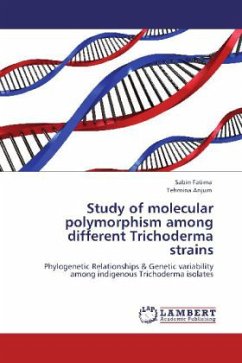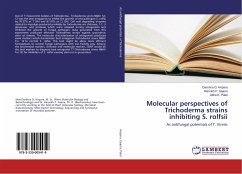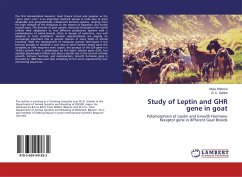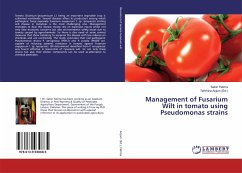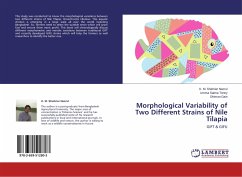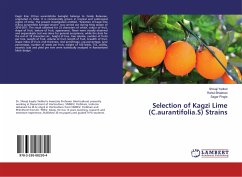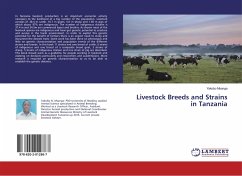The genus Trichoderma contains species that are of vast economic importance owing to their production of industrial enzymes (cellulose and hemi-cellulose), antibiotics and their ability to act as biological control agents (BCA) against plant pathogens. Identification of Trichoderma isolates at the species level has proved difficult due to the degree of morphological similarities. Correct identification of Trichoderma spp.is also important from commercial point of view as several traits are species specific. Molecular methods have recently been introduced into Trichoderma taxonomy with revision of sections. In the present study Random Amplified Ploymorphic DNA (RAPD) technique is used for the identification and assessment of genetic diversity among Trichoderma strains. Results revealed that genomic variability was found to be in the range of 50% - 100% among the isolates.

